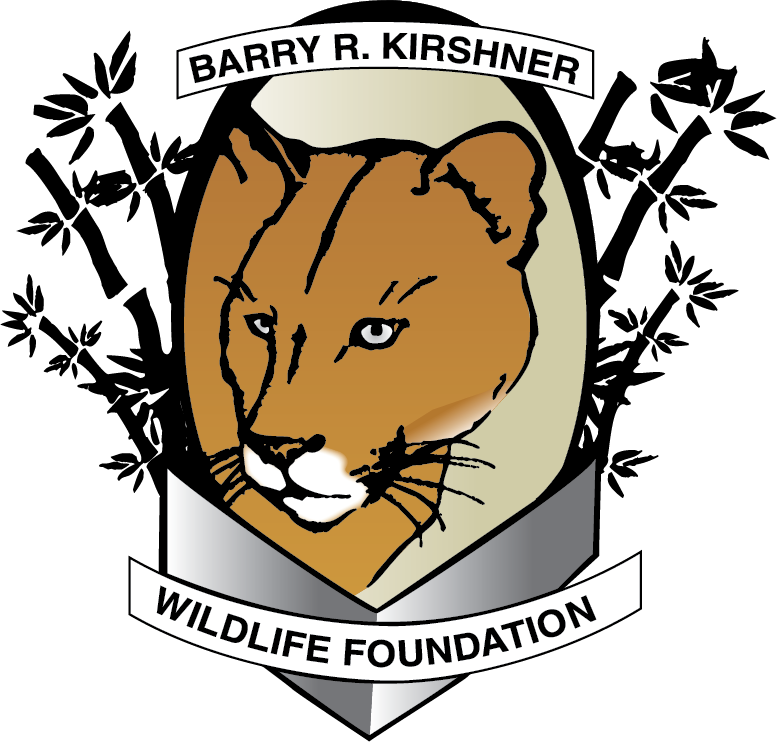Conures
Ricky, Lucy, and Fred, hybrid crosses between the sun conure (Aratinga solstitialis) and the nanday conure (Aratinga nenday), were born in 2014. They came to the Foundation from a facility that took excellent care of them to be a part of our educational program. They are healthy and love to greet all the guests who come to visit the Foundation.
The sun conure, also known as the sun parakeet, is a medium-sized brightly colored parrot. Sun conures have predominantly golden-yellow plumage and their face and belly are orange with red around the ears. Young sun conures are predominantly green and as they mature the distinctive yellow and orange coloration are attained.
The nanday conure, also known as the nanday parakeet and the black-hooded parakeet, is a medium-sized green parrot. The nanday conure’s most distinctive characteristic is its black facial mask and beak. Nanday conures also have bluish-green upper chests and paler green lower chests.
Conures are very social birds and typically live in large flocks of 20 to 30 individuals. They are extremely vocal birds, communicating with high pitched screams while flying and if separated from the flock. Individuals in the flock will feed and preen one another as well as nest together in tree cavities. Conures are intelligent and curious birds, therefore they require constant mental stimulation and social interaction. Conures are very active and love playing with toys like swings and ropes.
Conures form monogamous pairs at about four to five months of age and are able to reproduce at two years of age. Prior to egg laying, the female conure’s abdomen will be noticeably swollen. The female will lay her eggs in two to three day intervals and she is responsible for the entire incubation period. The male conure will aggressively protect the nest from any potential predators during the incubation period. The hatchlings are born blind, featherless, and vulnerable. Both parents participate in feeding the hatchlings for the first eight weeks.
Sun conures are native to northeastern South America and they are mostly found in tropical habitats. Nanday conures are native to southeast Bolivia, southwest Brazil, central Paraguay, and northern Argentina. The conures usually nest in fruit trees and palm groves and their diet includes fruits, flowers, berries, blossoms, seeds, nuts, and insects. Although nanday conures have a stable population, sun conures are an endangered species and the major decline in their population is due to loss of habitat, hunting for their plumage, and being excessively caught in the wild for the pet trade.
Conures Statistics:
Body Size
Weight
Incubation Period
Clutch Size
Life Span
12 - 15 inches long
4 - 5 ounces
23 - 27 days
3 - 4 eggs
25 - 30 years

